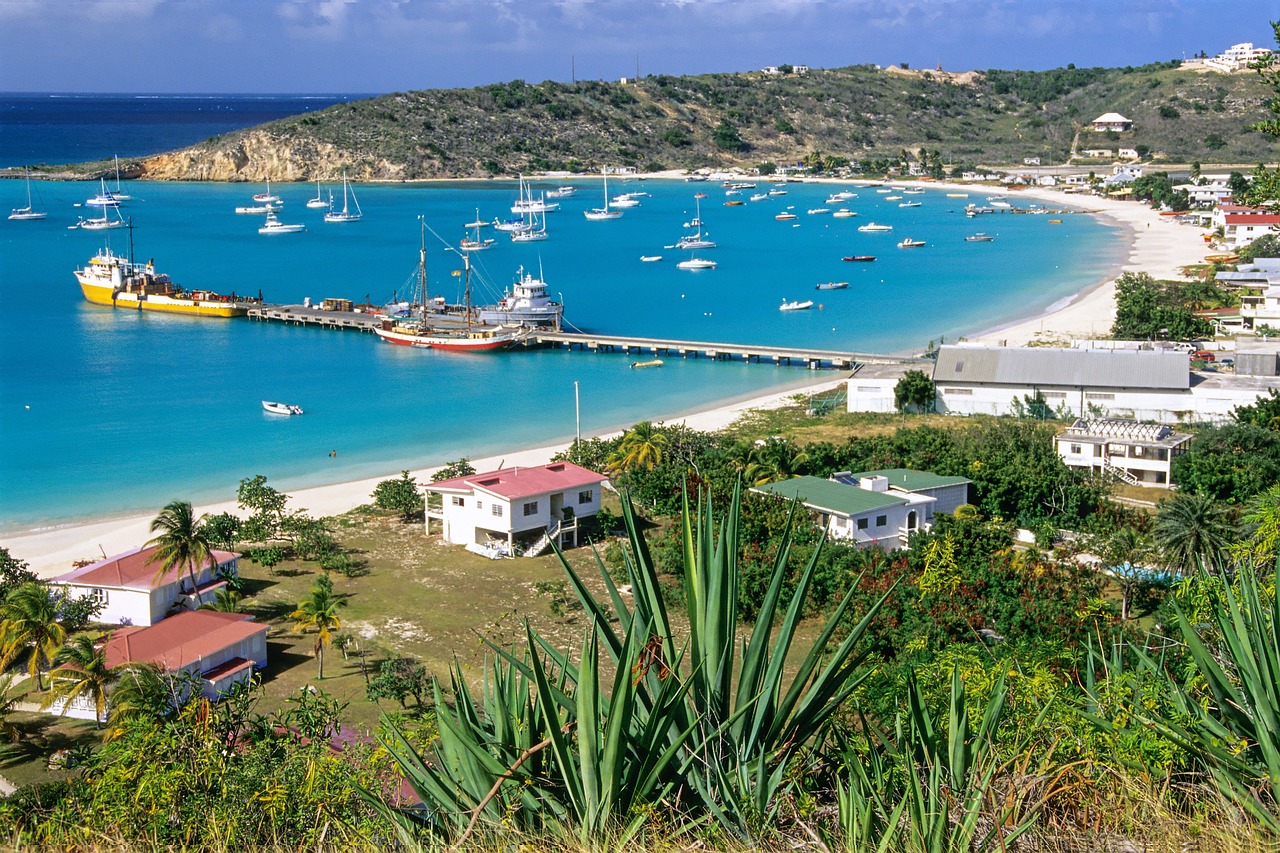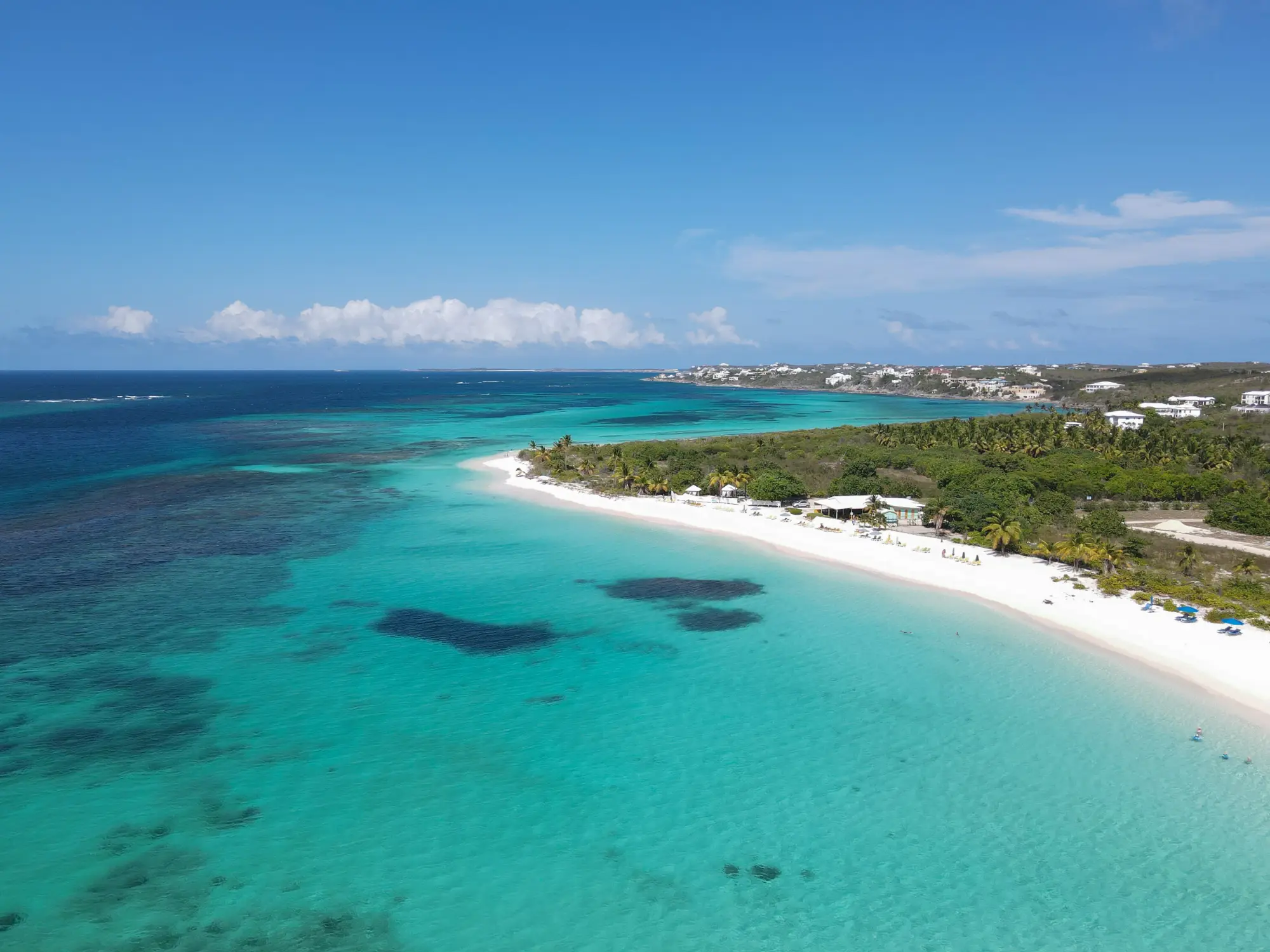Anguilla, a serene gem in the Caribbean, holds a rich and captivating history that goes beyond its turquoise waters and white sandy beaches. From indigenous settlements to colonial struggles, the island’s past weaves a narrative that has shaped its culture and identity. Let’s embark on a journey through time to explore the fascinating history of Anguilla.
Indigenous Roots
Long before European explorers set foot on Anguilla, the island was home to the Arawak and Carib indigenous peoples. These communities thrived on fishing, agriculture, and a deep connection to the land. Evidence of their presence can still be found in archaeological sites across the island, including artifacts like pottery and tools.
European Colonization
The arrival of Christopher Columbus in the late 15th century marked the beginning of European influence on Anguilla. Over the following centuries, the island changed hands multiple times between the Spanish, Dutch, French, and British. Eventually, in 1650, Anguilla became a British colony, a status it maintained for much of its colonial history.
Struggles and Resilience
Anguilla’s history is marked by resistance and resilience. In the early 19th century, the island experienced economic challenges, leading to a mass migration of its residents. However, despite facing hardships, the Anguillan people displayed remarkable resilience, maintaining their cultural identity and sense of community.
The Road to Self-Governance
In the 20th century, Anguilla’s quest for self-determination came to the forefront. In 1967, as part of the associated state of Saint Kitts-Nevis-Anguilla, tensions escalated, leading to the “Anguilla Revolution” in 1969. The island declared its independence, resisting efforts to integrate with the neighboring islands. The intervention of British forces in 1971 temporarily quelled the unrest but set the stage for Anguilla’s eventual path to self-governance.
Modern Independence
In 1980, Anguilla gained separation from Saint Kitts and Nevis and achieved the status of a separate British Overseas Territory. Since then, the island has developed its political and economic autonomy while preserving its unique cultural heritage. Today, Anguilla is a peaceful and thriving destination known for its hospitality, stunning landscapes, and a commitment to preserving its historical legacy.
Culture and Tourism
Anguilla’s history is celebrated through its vibrant culture, reflected in its music, art, and traditional festivals and celebrations, such as Anguilla Day. Visitors can explore heritage sites like the Old Factory, Wallblake House, and the Heritage Collection Museum to gain insights into the island’s past. The fusion of historical preservation and modern tourism has made Anguilla a destination that seamlessly blends its storied past with contemporary allure.
Discover the Rich History and Culture Yourself
The history of Anguilla is a tapestry woven with threads of indigenous heritage, colonial struggles, and a relentless pursuit of independence. Today, as a tranquil and autonomous island in the Caribbean, Anguilla stands as a testament to the resilience of its people and the enduring legacy of a remarkable history that continues to shape its future.
Are you ready to book your stay? Contact us now to get started.




